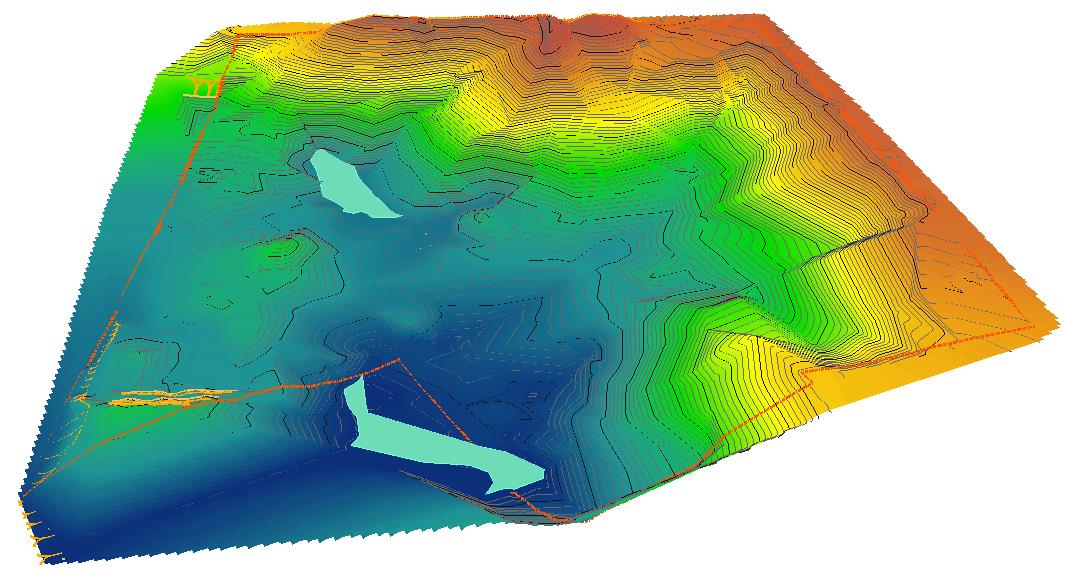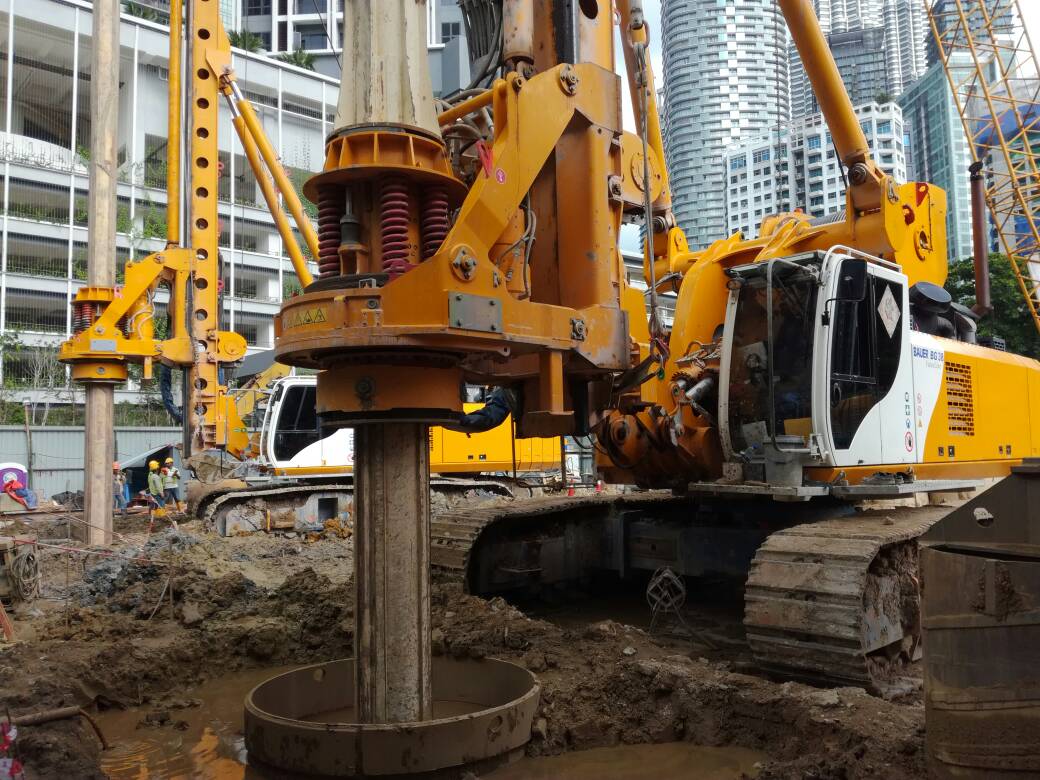It is a fact that all structures in this world are built on the ground. (In case you are wondering, the ISS is technically a spacecraft.)
This raises several questions: How do we know what are we dealing with, when we do not know what is underneath? Are we going to construct a building on top of something that we know nothing of?
Soil Investigation (S.I.) works are carried out to obtain relevant information and data required for project planning and engineering design. Without it, any design parameters adopted or assumptions made by the Engineer with regards to the ground (earthwork, foundation system, slopes, retaining walls, etc.) is deemed to have no basis.
Depending on the purpose of the project, the site conditions, the nature of the proposed structure, the Engineer will plan, define and supervise the S.I. works which will be carried out by a Specialist S.I. Contractor.
It is important to note that the Engineer should be well-versed in this field and is capable of identifying any foreseeable geo-hazards that may occur at site and to plan the scope accordingly. Failing to do so may incur additional investigative works in the future that is cost and time consuming.
In Malaysia, the S.I. works commonly consist of deep boring into the ground, extracting soil or rock samples for testing, or probing into the ground to get blow count readings, excavating up to 4m depth to visually inspect the subsoil, etc. In-situ tests such as SPT, CPT, VST, etc. are widely employed to produce rapid results. Laboratory tests can be carried out to determine a variety of parameters such as moisture content, soil shear strength, compressibility, volumetric weight, Atterberg limits, chemical composition of the soil samples, etc. Over the years, numerous reliable S.I. methods and techniques for all sorts of purposes and conditions have been developed and refined to the state it is these days.
The outcome of the S.I. works is then compiled and submitted to the Engineer, who will then interpret it for planning and engineering design purposes.
It may be interesting to mention that S.I. works usually costs about 0.2% to 2% of the total project cost (Neoh, 2010), which is a relatively small price to pay to obtain such crucial information. It is widely acknowledged that sufficient and reliable S.I. data enables effective engineering solutions that may result to cost savings in the long run.
A very famous example of inadequate S.I. is the leaning tower of Pisa. During the time of construction (1100’s to 1400’s), S.I. capabilities and geotechnical considerations were rather limited. In fact, the meaning of “Pisa” in Greek is “Marshy Lands”, which hinted that the Engineers during that time were probably aware of unfavourable ground conditions but built it the way it is anyway. Up to date, it is estimated that over 30 million EUR was spent to stabilize the tower[1].
As it is apparent that inadequate S.I. can lead to disastrous outcomes, it would be wise to employ the right people with the right expertise, with a right budget, at the right time to ensure such risks can be minimized. As prominent Engineer MJ Tomlinson once aptly put it, “You pay for the borings, whether you have them or not”.

[Photo: You may have seen these A-shaped rigs and wonder what are they do. This is called “exploratory deep boreholes” which is commonly employed in Malaysia. It drills relatively deep into the ground in which the ground is tested for its strength and where soil/rock samples are collected for laboratory testing.

[Photos (Clockwise from Top Left): 1) A Specialist Contractor carrying out Mackintosh Probing to estimate the bearing capacity of the soil. 2) An example of field borelog. 3) Rock core samples extracted from the boreholes.]
**P.S. The correct technical term as stated in BS5950:2015 is “Ground Investigation”. Nevertheless, the term “S.I.” is widely used in the construction industry in Malaysia.



